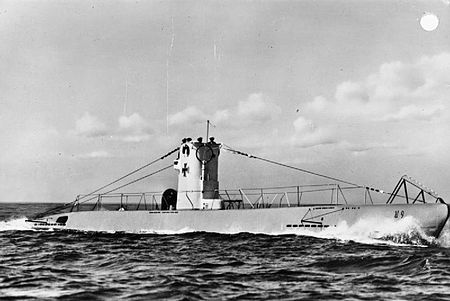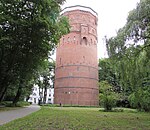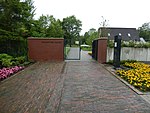German submarine U-8 (1935)
1935 shipsGerman Type II submarinesMaritime incidents in May 1945Operation Regenbogen (U-boat)Ships built in Kiel ... and 3 more
U-boats commissioned in 1935World War II shipwrecks in the North SeaWorld War II submarines of Germany

The German submarine U-8 was a Type IIB U-boat of Nazi Germany's Kriegsmarine, based at Kiel during World War II. It was one of the smaller versions, and was first launched on 16 July 1935. Its first commander was Harald Grosse. U-8 would have 18 commanders over the course of its service, the last being Jürgen Kriegshammer.
Excerpt from the Wikipedia article German submarine U-8 (1935) (License: CC BY-SA 3.0, Authors, Images).German submarine U-8 (1935)
Schleusenstraße,
Geographical coordinates (GPS) Address Nearby Places Show on map
Geographical coordinates (GPS)
| Latitude | Longitude |
|---|---|
| N 53.516666666667 ° | E 8.1666666666667 ° |
Address
Schleusenstraße
26384 , Innenhafen
Lower Saxony, Germany
Open on Google Maps











